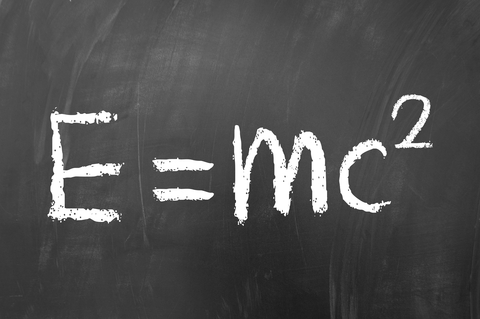Useful Information
Other useful information
To find the circumference of a circle, multiply the diameter
by 3.14.
To find the diameter of a circle, multiply the circumference
by .318.
To find the area of a circle, multiply the square of the diameter
by .785.
The radius of a circle x 6.283185 = the circumference.

The square of the circumference of a circle x .7958 = the area.
Half the circumference of a circle x half its diameter = the area.
The circumference of a circle x .159155 = the radius.
The square root of the area of a circle x .56419 = the radius.
The square root of the area of a circle x 1.12838 = the diameter.
To find the diameter of a circle equal in area to a given square,
multiply a side of the square by 1.12838.
To find the side of a square equal in area to a given circle, multiply the diameter by 8862.
To find the side of a square inscribed in a circle, multiply the diameter by .7071.
To find the area of the surface of a ball (sphere), multiply the square of the diameter by 3.1416.
To find the volume of a ball (sphere), multiply the cube of the diameter by .5236.
Doubling the diameter of a pipe increase its capacity four times.
To find the pressure in pounds per square inch at the base of a column of water, multiply
the height of the column in feet by .433.
A gallon of water (U.S. Standard) weights 8.336 pounds and contains 231 cubic inches.
A cubic foot of water contains 7 ½ gallons, 1728 cubic inches and weighs 62.425 pounds at a
temperature of about 39°F.
Bearing terms
A.B.E.C. 1-3-5-7-9: Annular Bearing Engineering Committee grades concern precision tolerances and geometry of bearings. Higher number indicates higher precision.
A.F.B.M.A.: The Anti-Friction Bearing Manufacturers Association. Incorporated. They have set up standards for the bearing industry.
Adapter: An accessory for holding bearing to shaft. Standard taper is 1” on the diameter for each 12” length.
Average life: Five times minimum life.
B-10 Life: Minimum life that is expected of 90% of a group of bearings under identical operating conditions.
Boundary Dimensions: Dimensions for bore, outside diameter, and width.
Brinell: True_Identations in the races or on rolling elements caused by sharp blows (metal flow).
False – Wearing away of metal in raceways. It is caused by rolling elements – sliding back and forth on race while bearing is stationary. Vibration causes this sliding movement.
Cage: A ring with the necessary number of pockets to equally space rolling elements. Also called Separator-Retainer and Spacer.
Clearance: Radial clearance – The amount of movement of the outer race at right angles to the shaft axis when the inner is clamped. Also called Internal Radial Clearance – Internal Clearance and Diametrical Clearance.
Axis: Clearance-Total movement parallel to bearing axis when an axial load is applied in first one direction and then the other. Also called End Shake and Axial Play.
Conrad: Standard single row deep groove ball bearing. No filling slots and no counterbore.
Contact Seal: A closure that connects inner ring and outer ring with rubbing contact.
Counterbore Assembly: Portion of one race shoulder turned and ground away to facilitate assembly with a greater number of balls.
Cone: Tapered bearing inner ring.
Cup: Tapered bearing outer ring.
Super Precision Bearings: Bearings with faces ground in such a way that they can be matched with one or more mating bearings.
Floating Bearing: A bearing mounted to move freely axially either in housing or on the shaft.
Land: Commonly called the O.D. on inner and the I.D of outer.
Loads: Radial – At right angle to axis of bearing.
Thrust: In the same direction as axis of shaft.
Lubricating Groove: A groove so placed to catch and feed lubricant to the inner moving parts of a bearing.

Certificate Number 13609
ISO 9001